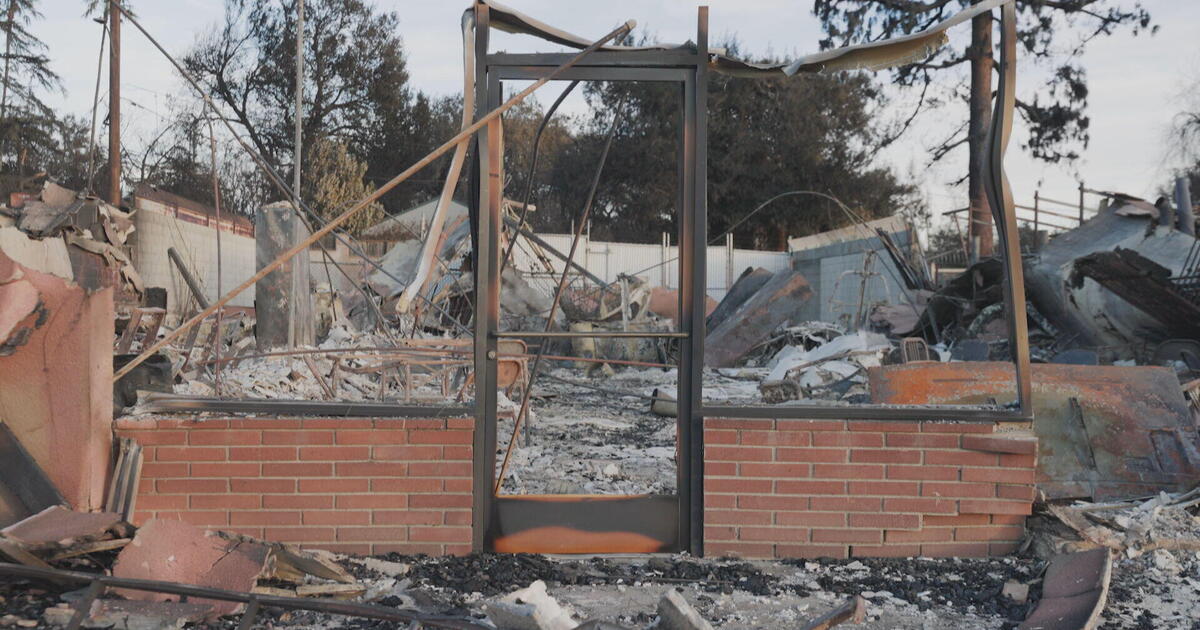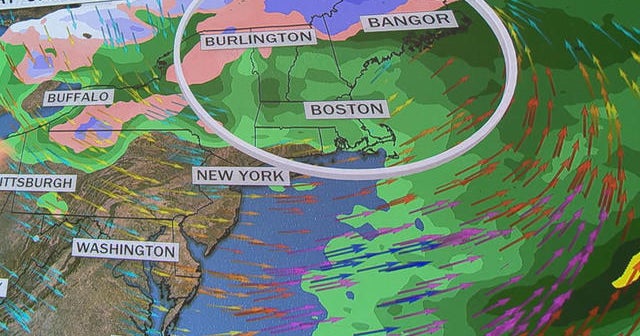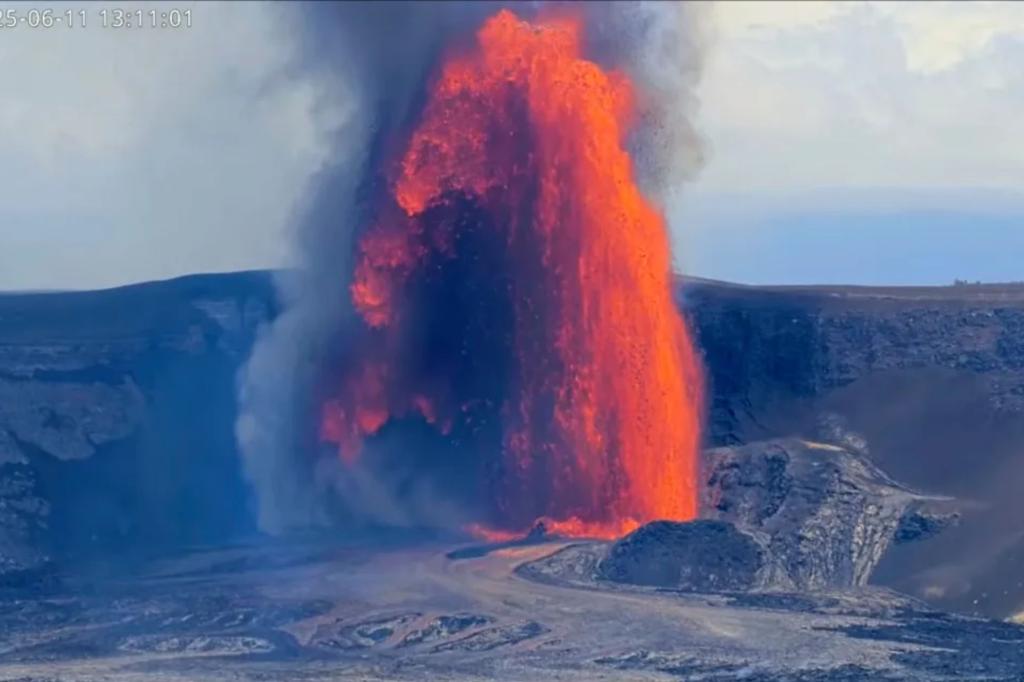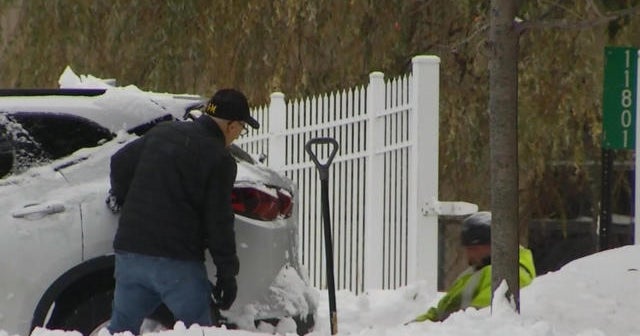Rebuilding After the Flames: How Los Angeles Can Mitigate Future Wildfire Risks
In recent years, Los Angeles has faced the devastating impacts of wildfires, leaving communities in ruins and ecosystems scarred. With the ashes still smoldering, the city is now in a race against time to rebuild. However, experts warn that the very environmental factors that fueled these catastrophic fires continue to pose significant threats for future disasters. To ensure a safer future, Los Angeles must adopt innovative strategies for mitigation and recovery.
The Wildfire Landscape in Los Angeles
Los Angeles is uniquely situated within a diverse landscape characterized by urban areas, wildlands, and a Mediterranean climate. This combination creates an environment ripe for wildfires, particularly during the hot, dry summer months when winds pick up and humidity drops. Recent years have seen an alarming increase in the frequency and intensity of wildfires, often attributed to climate change and human activity.
The 2020 and 2021 wildfire seasons were particularly harsh, with fires such as the Bobcat Fire and the Lake Fire destroying thousands of acres and threatening numerous homes. As the city begins to rebuild, it is essential to understand the underlying causes of these fires and take proactive measures to mitigate future risks.
Understanding the Risks
Several factors contribute to wildfire risks in Los Angeles:
- Climate Change: Rising temperatures and prolonged droughts make vegetation more flammable.
- Urban-Wildland Interface: The expansion of urban development into natural areas increases the risk of fire spreading into communities.
- Invasive Species: Non-native plants can create more combustible landscapes, exacerbating fire risks.
Addressing these risks is crucial for the city’s resilience. Experts recommend a multi-faceted approach combining community planning, environmental stewardship, and advanced technology.
Strategies for Mitigation
To effectively mitigate future wildfire risks, Los Angeles can implement several strategies that focus on prevention, preparedness, and recovery:
1. Improved Urban Planning
As Los Angeles continues to grow, urban planning must prioritize fire safety. This includes:
- Creating Firebreaks: Designing firebreaks—gaps in vegetation that can slow the spread of fire—can protect urban areas from encroaching wildfires.
- Implementing Zoning Regulations: Enforcing zoning regulations that restrict development in high-risk areas can reduce exposure to fire hazards.
2. Community Education and Engagement
Empowering residents through education is vital. Communities should be informed about the risks and preparedness strategies, including:
- Fire-Safe Landscaping: Teaching residents about fire-resistant plants and creating defensible spaces around homes can significantly reduce fire risks.
- Emergency Preparedness Plans: Encouraging families to develop evacuation plans and emergency kits can save lives during a wildfire.
3. Enhancing Firefighting Resources
Investing in local firefighting resources is essential for an effective response to wildfires. This can entail:
- Increasing Funding: Allocating more funds for firefighting equipment and personnel can enhance response capabilities.
- Utilizing Technology: Employing drones and satellite imagery for real-time surveillance can provide critical information for firefighting efforts.
4. Restoring Ecosystems
Healthy ecosystems can act as natural firebreaks. Restoration efforts should include:
- Native Plant Restoration: Reintroducing native flora can create more resilient landscapes that are less prone to fire.
- Controlled Burns: Implementing controlled burns can reduce the buildup of combustible material and help maintain healthy ecosystems.
Community and Government Collaboration
Effective wildfire mitigation requires collaboration between community members, local governments, and environmental organizations. Initiatives such as community forums and workshops can foster dialogue and facilitate the sharing of resources and knowledge.
Moreover, government agencies must prioritize wildfire management in their budgets, recognizing the long-term benefits of prevention over reaction. Strong leadership is paramount in establishing policies that reflect the urgency of wildfire risks.
Adapting to Climate Change
As climate change continues to influence weather patterns, Los Angeles must adapt its approach to wildfire management. This includes:
- Investing in Research: Funding research into climate-resilient landscaping and fire management techniques can provide valuable insights for future strategies.
- Implementing Green Infrastructure: Developing green roofs, urban forests, and parks can help reduce urban heat and improve air quality while serving as buffers against wildfires.
Conclusion: A Safer Future
Rebuilding after the flames is not just about reconstructing homes but also about creating a safer, more resilient Los Angeles. By adopting a comprehensive approach to wildfire mitigation that encompasses urban planning, community engagement, and environmental restoration, the city can significantly reduce future wildfire risks.
As residents and leaders come together to forge a new path forward, there’s hope that Los Angeles can emerge from the ashes stronger than ever. The lessons learned from past wildfires must inform the actions taken today to ensure a vibrant, safe future for all Angelenos.
See more Your Daily Weather



